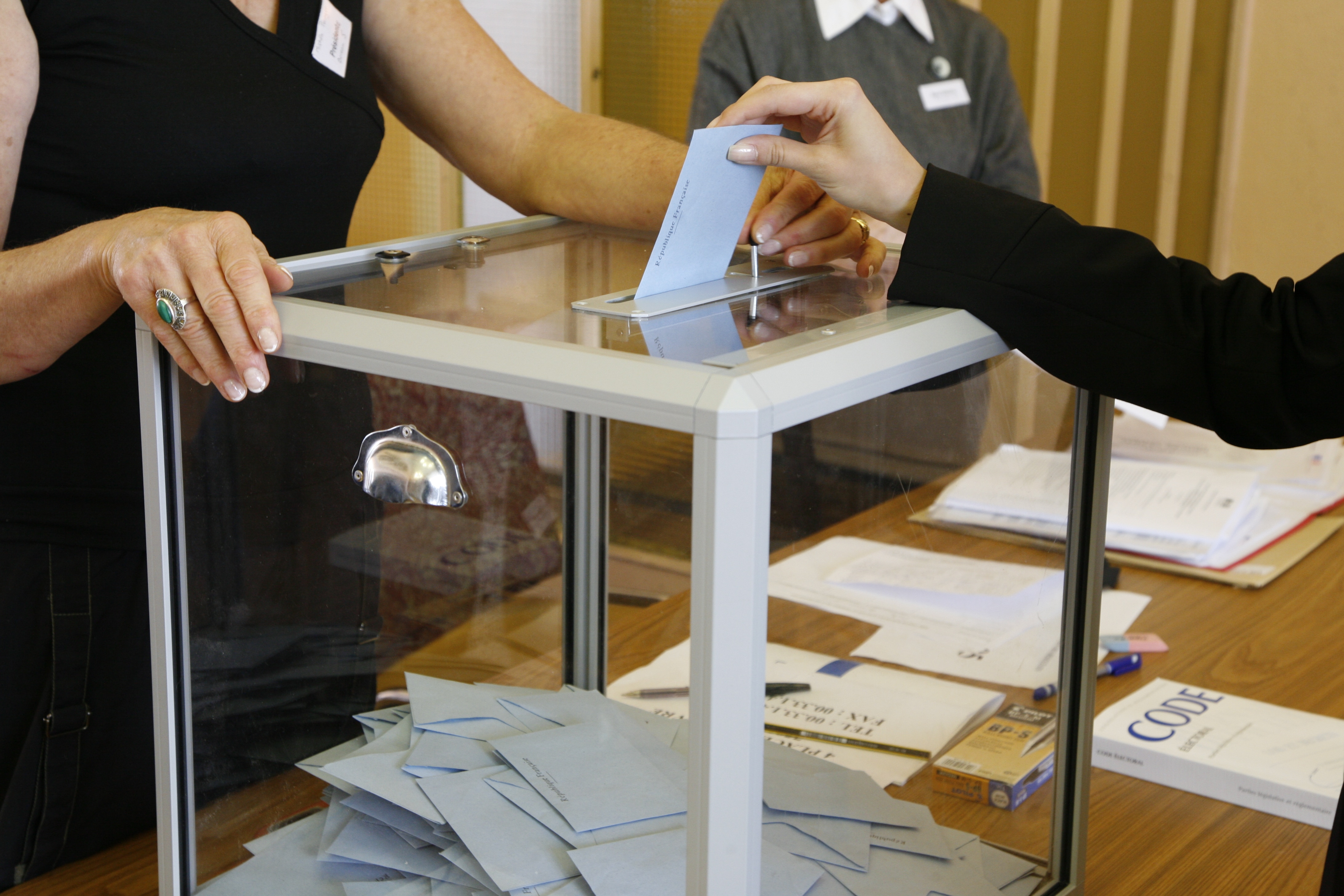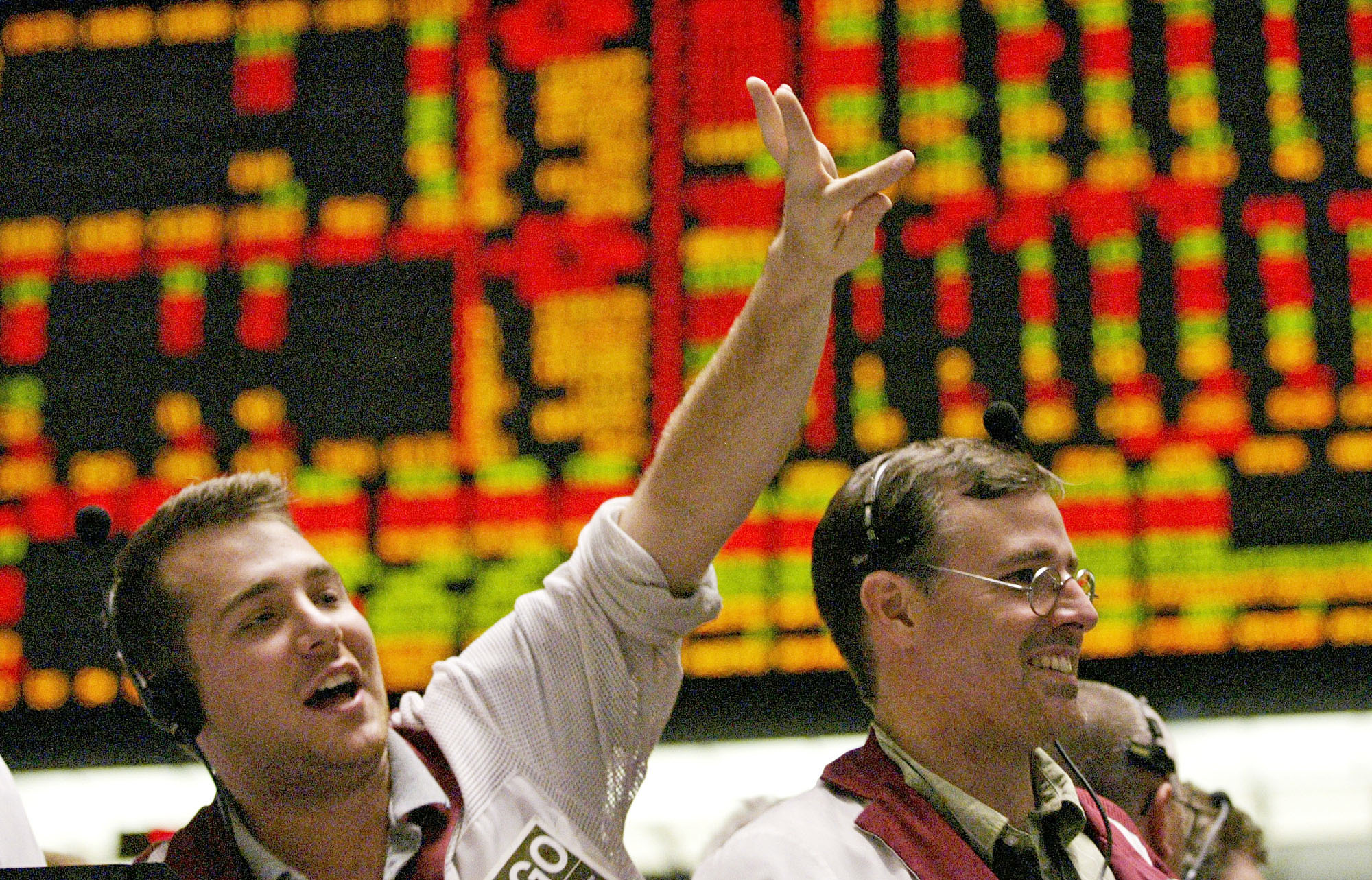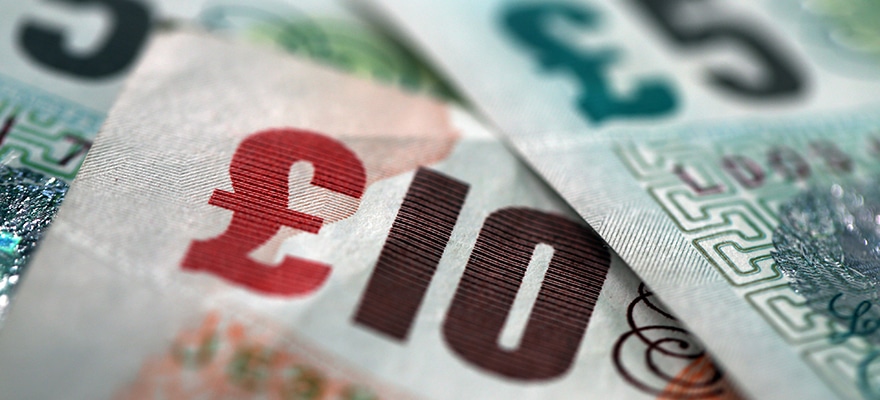This article was written by Michael Oyebamiji, an FX analyst with major focus on G-10 currencies.
This week is one of the most anticipated weeks in the financial markets. The markets await major central banks' decisions, most importantly regarding raising interest rates or leaving them unchanged.
Japan
The first central bank to meet later this week is the bank of Japan. Many analyst and traders are expecting the Bank of Japan to leave interest rates unchanged as well as the current level of quantitative easing (QE). This is basically because the policy so far has failed to achieve its major purpose of driving up inflation and weakening the JPY. The Bank of Japan is likely to shift policy from QE to fiscal measures. The key level to watch is the 100.00 on USD/JPY. Previous BoJ meetings have driven USD/JPY to the downside; we might see something similar again in the next meeting.
Join the industry leaders at the Finance Magnates London Summit, 14-15 November, 2016. Register here!
USA
The next meeting is that of the Federal Reserve. The odds for raising rates are way below 40%. Due to some disappointing data like retail sales, ISM and core CPI (inflation) is still relatively below the 2% target. This means that the market is expecting the Fed to keep rates on hold. However, the Federal Open Market Committee meeting this week might indicate the possibility of raising interest rates in December provided that they do not hike this week. The odds for a December rate hike is way above 60%.
The market might start pricing-in the December rate hike after this week’s meeting. This means we might start to see long positions build up on USD across the board in anticipation for the December hike. If the market starts pricing-in the hike, me might see a massive sell-off on gold and indices (SPX, DAX, FTSE100 etc).
Commodities
EUR/USD might finally be heading towards the 1.08 level and GBP/USD could also drop to retest the yearly low again at 1.2800. Commodity currencies are also expected to come off their current level which is the yearly high. Major G7 central banks will be expecting the Fed to raise rates in other to push the economy towards its major target of a weaker currency which will aid exports.
Most major economies currently have a strong currency despite record low interest rates. Good examples are Australia, New Zealand, Japan, and Europe. They all have record low interest rates but their currencies are at yearly highs. An interest rate hike by the Federal Reserve is most likely to weigh on the strength of USD crosses across the board.
Emerging markets will be under huge pressure when the Fed raises interest rates, especially the USD denominated debt. Also, most emerging markets depend hugely on commodities; a strong USD is likely to put commodity prices under huge pressure. A sell-off in emerging market currencies is inevitable if the Fed should hike rates.
This article was written by Michael Oyebamiji, an FX analyst with major focus on G-10 currencies.
This week is one of the most anticipated weeks in the financial markets. The markets await major central banks' decisions, most importantly regarding raising interest rates or leaving them unchanged.
Japan
The first central bank to meet later this week is the bank of Japan. Many analyst and traders are expecting the Bank of Japan to leave interest rates unchanged as well as the current level of quantitative easing (QE). This is basically because the policy so far has failed to achieve its major purpose of driving up inflation and weakening the JPY. The Bank of Japan is likely to shift policy from QE to fiscal measures. The key level to watch is the 100.00 on USD/JPY. Previous BoJ meetings have driven USD/JPY to the downside; we might see something similar again in the next meeting.
Join the industry leaders at the Finance Magnates London Summit, 14-15 November, 2016. Register here!
USA
The next meeting is that of the Federal Reserve. The odds for raising rates are way below 40%. Due to some disappointing data like retail sales, ISM and core CPI (inflation) is still relatively below the 2% target. This means that the market is expecting the Fed to keep rates on hold. However, the Federal Open Market Committee meeting this week might indicate the possibility of raising interest rates in December provided that they do not hike this week. The odds for a December rate hike is way above 60%.
The market might start pricing-in the December rate hike after this week’s meeting. This means we might start to see long positions build up on USD across the board in anticipation for the December hike. If the market starts pricing-in the hike, me might see a massive sell-off on gold and indices (SPX, DAX, FTSE100 etc).
Commodities
EUR/USD might finally be heading towards the 1.08 level and GBP/USD could also drop to retest the yearly low again at 1.2800. Commodity currencies are also expected to come off their current level which is the yearly high. Major G7 central banks will be expecting the Fed to raise rates in other to push the economy towards its major target of a weaker currency which will aid exports.
Most major economies currently have a strong currency despite record low interest rates. Good examples are Australia, New Zealand, Japan, and Europe. They all have record low interest rates but their currencies are at yearly highs. An interest rate hike by the Federal Reserve is most likely to weigh on the strength of USD crosses across the board.
Emerging markets will be under huge pressure when the Fed raises interest rates, especially the USD denominated debt. Also, most emerging markets depend hugely on commodities; a strong USD is likely to put commodity prices under huge pressure. A sell-off in emerging market currencies is inevitable if the Fed should hike rates.

















